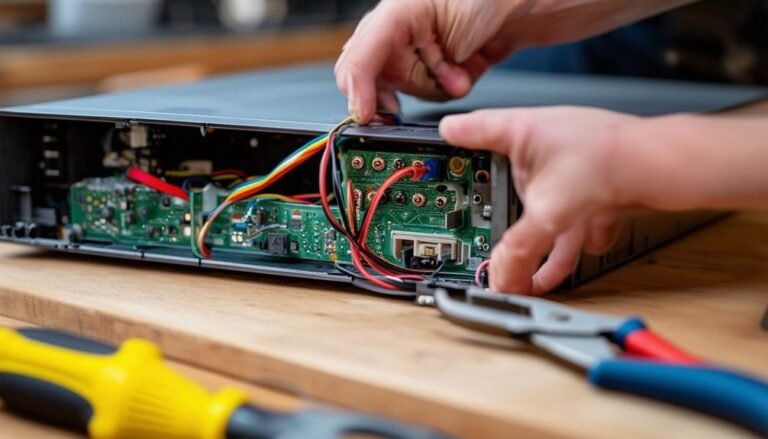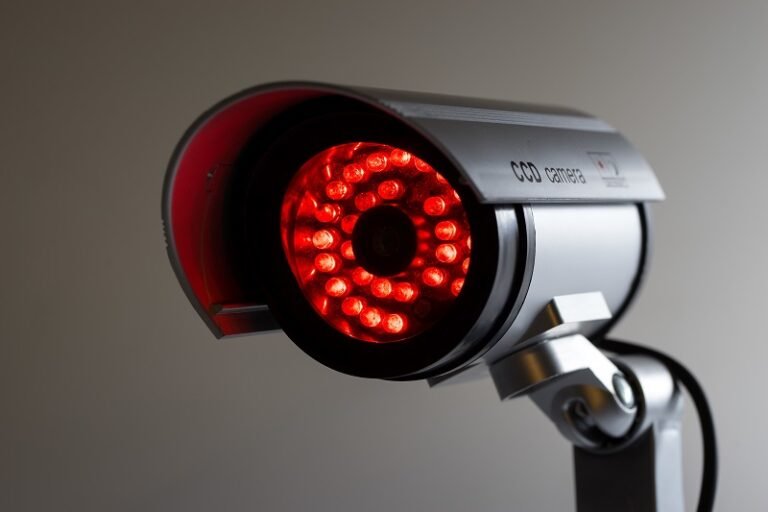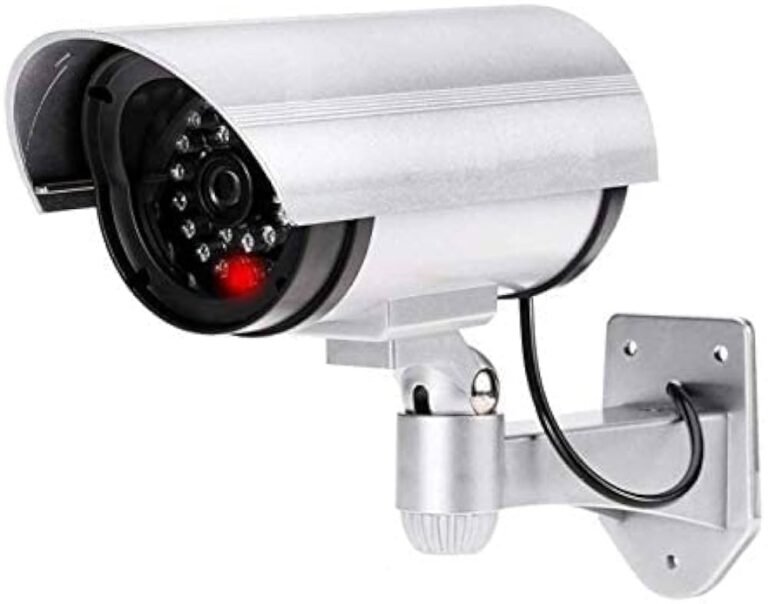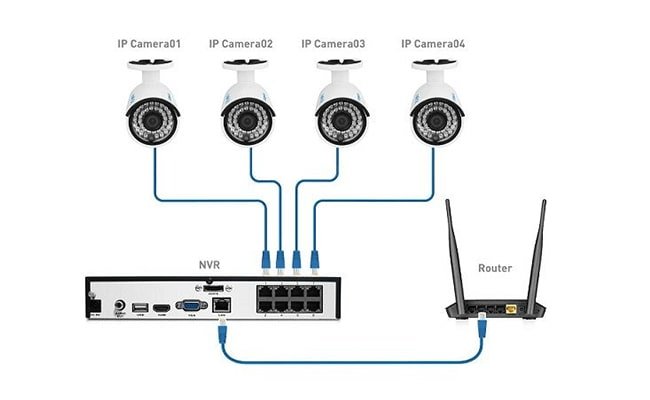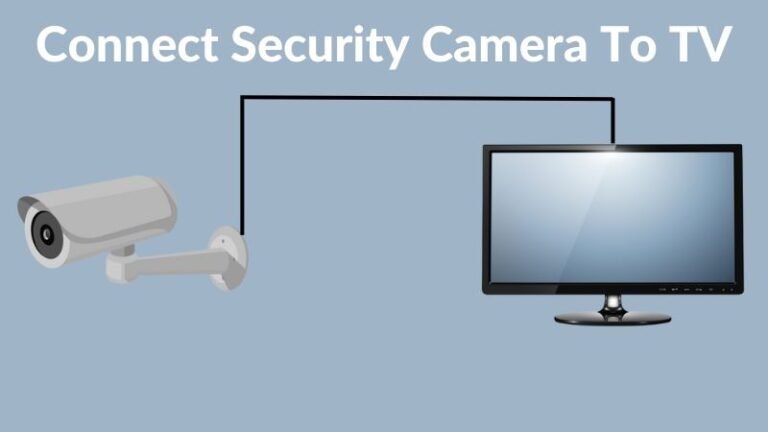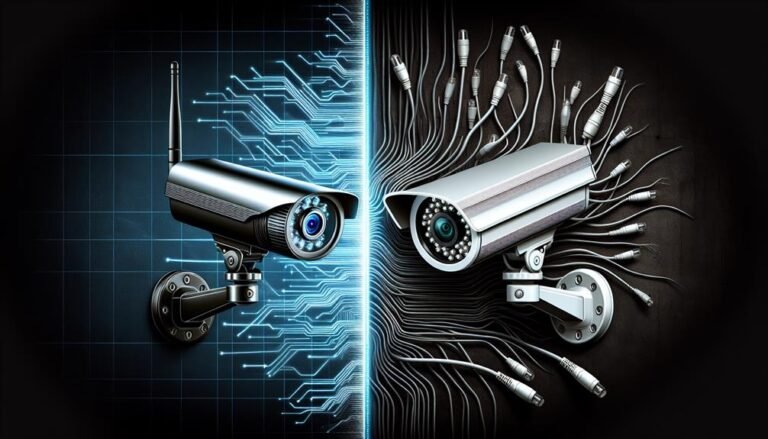Porta RTSP vs. Porta de mídia
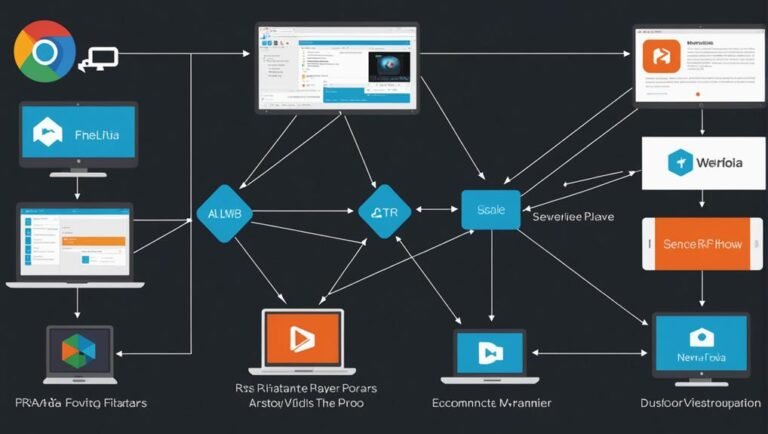
Portas RTSP e portas de mídia desempenham papéis importantes no streaming. A porta RTSP, geralmente 554, gerencia comandos como reproduzir e pausar, enquanto as portas de mídia lidam com os dados de áudio e vídeo. Essa separação ajuda a evitar buffering e garante melhor…
